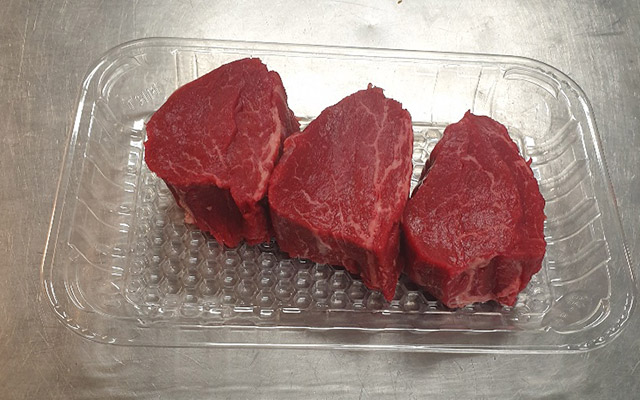0086 574 87739122
Absorption Capacity: Moisture retention trays are designed with a primary function of absorbing excess moisture from the surrounding environment or enclosed storage areas. The effectiveness of this absorption capability largely depends on the type and quality of desiccant materials used within the tray. Common desiccants include silica gel, activated charcoal, calcium chloride, or molecular sieves, each chosen for their specific moisture absorption properties. For instance, silica gel can absorb moisture up to 40% of its weight, making it highly efficient for maintaining dry conditions in storage spaces.
Material Properties: The materials used in moisture retention trays are carefully selected based on their ability to attract and retain moisture effectively. Silica gel, a non-toxic and inert substance, is favored for its porous structure, which provides a large surface area for adsorption. Activated charcoal, known for its superior adsorptive capacity for gases, odors, and moisture, is another common choice, especially in applications where odor control is also a concern. These materials are typically enclosed in a perforated container or tray to maximize surface exposure to air, facilitating efficient moisture removal.
Design Features: Effective moisture retention trays incorporate specific design features to optimize moisture control. They often include perforations or channels that promote airflow around the desiccant material, facilitating uniform moisture absorption and distribution throughout the storage environment. This design prevents localized humidity pockets and ensures consistent protection against moisture-related damage. Some trays may also feature indicators or sensors that monitor moisture levels and alert users when the desiccant material requires recharging or replacement, enhancing convenience and reliability.
Maintenance: Proper maintenance is crucial for ensuring the long-term effectiveness of moisture retention trays. Users are advised to monitor the tray regularly, checking for signs of saturation in the desiccant material. Many trays are equipped with visual indicators that change color or markings to indicate when the desiccant is fully saturated and needs recharging. Recharging methods vary depending on the desiccant type but typically involve heating or drying the material to restore its moisture-absorbing capacity. Alternatively, some trays are designed for easy desiccant replacement, allowing users to swap out saturated material with fresh desiccant to maintain optimal performance.
Environmental Conditions: The performance of a moisture retention tray can be influenced by environmental factors such as ambient humidity levels and temperature variations. Trays designed for high-humidity environments often feature desiccants with higher absorption capacities or faster recharging times to effectively manage moisture levels. Proper placement of the tray in well-ventilated areas away from direct sunlight helps optimize its performance by maintaining stable humidity levels within the storage space. Users should consider these environmental factors when selecting and using moisture retention trays to ensure optimal moisture control.
Long-Term Use: Over time, moisture retention trays are designed to provide consistent and reliable moisture management without compromising their effectiveness. High-quality trays are built to withstand multiple cycles of absorption and desorption without degradation, ensuring prolonged protection against moisture-related damage. Regular maintenance practices, such as replacing or recharging desiccant materials as recommended by the manufacturer, are essential for extending the tray's lifespan and preserving the quality of stored items. By following these guidelines, users can maximize the longevity and performance of moisture retention trays in various storage applications.

Post Comment